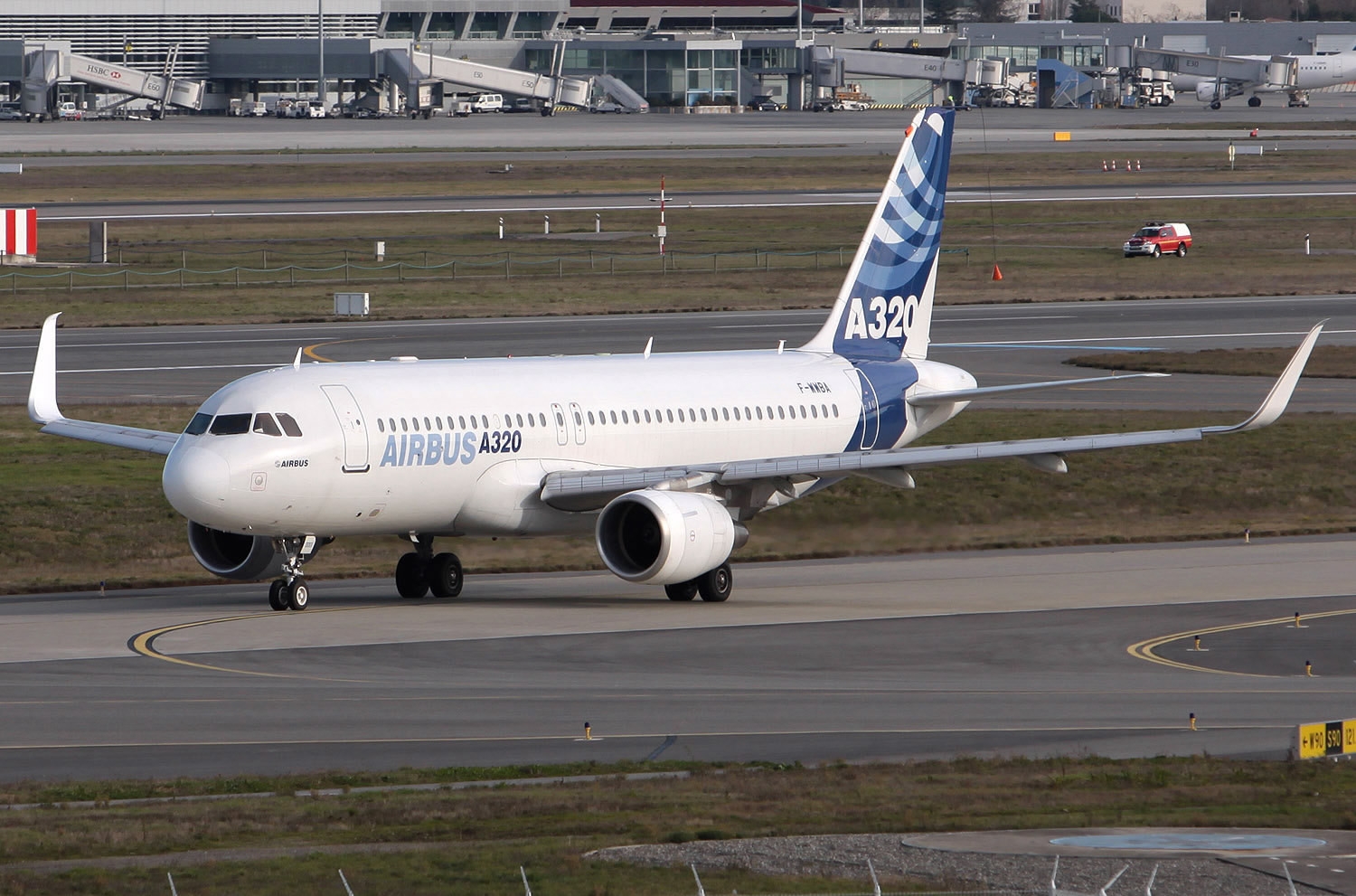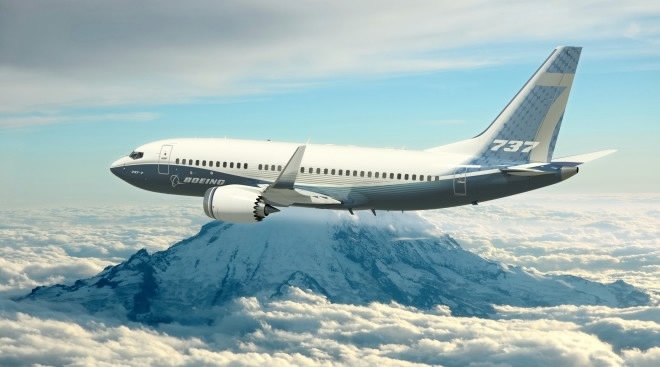After eight and a half years of development, China’s first domestically-built large passenger jet, the C919, manufactured by the Commercial Aircraft Corporation of China (COMAC), is ready for its trial flight. The achievement marks China’s attempt at breaking into a market dominated by the West, especially when it comes to commercial jetliners.
So how does the C919 square up to the challenge ahead? In terms of functionality and operation, to what degree does it differ from other medium to long haul aircraft? And, how competitive will this aircraft be?
Take a look at how the C919 was built:
1
American aerospace manufacturer Boeing and French-based Airbus, have long been the so-called duopoly in the commercial airline market that has now grown to be worth trillions of dollars. Airbus’s A320 and Boeing’s 737 MAX are the two main competitors that the C919 faces.
Overall, all three aircraft have similar dimensions. Their wingspans all measure 36 meters, while their lengths vary, but only by a fraction. The A320 is 38 meters in length, whereas the C919 and Boeing 737 are 39 meters and 40 meters, respectively.
Their carrying capacities are also comparable, with the C919 and the A320 able to seat a maximum of 190 passengers in their higher-capacity models, while Boeing being able to accommodate ten more passengers.
All three aircraft are powered by CFM International LEAP (high-bypass) turbofan engines.
But for a better comparison, we need a closer look at their ranges and price points.

An infographic of C919 and its competitor Boeing 737. / CGTN Photo
C919 (COMAC)
China’s first domestically-built commercial aircraft is designed according to the newest Standard Airworthiness Certification set by the US Federal Aviation Administration (FAA).
Its business and economy class mixed version has 158 seats, while its all economy class version has 168 seats. It has a standard range of 4075 kilometers and a maximum range of 5555 kilometers.
It marks the first time that advanced engines and materials are utilized in domestic passenger aircraft on a large-scale, reducing nitrogen oxide emissions to 50 percent lower than the ICAO CEAP6 standard, and carbon dioxide emissions to 12 percent lower than current aircraft.
A320 (Airbus)

A320. / Airbus Photo
The A320 family consists of a short-to-medium-range single-aisle jetliner product line. It recently introduced a “New Engine Option” version that is more fuel-efficient.
The series includes four versions: 150-seat A320, 186-seat A321, 124-seat A319 and a 107-seat A318. They share similar operating systems and cabin designs.
Its range is roughly 6,500 kilometers, a reduced range of about 200 kilometers when compared to the Boeing 737 MAX.
737 MAX (Boeing)

Boeing 737. / Boeing Photo
The Boeing 737 is an American short-to-medium-range twinjet narrow-body airliner. Its newest version, the 737 MAX, also promises to reach greater fuel efficiency by reducing emissions by 14 percent.
Its range extends to 6,700 kilometers, the longest among the three compared.
Pricing
Due to the sharp difference in ranges, fares for the C919 are expected to be cheaper than the other two aircraft. COMAC’s new plane is estimated to be priced at around 90 million USD per unit, 10 percent less than the Airbus and Boeing models.









